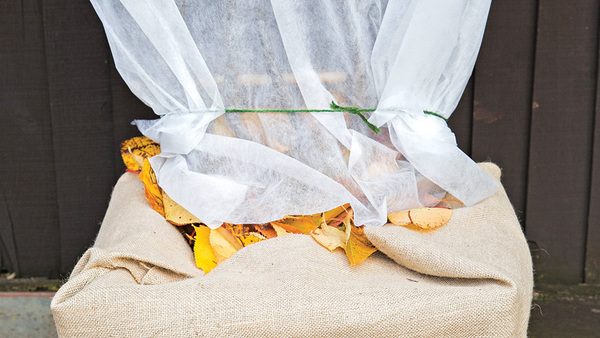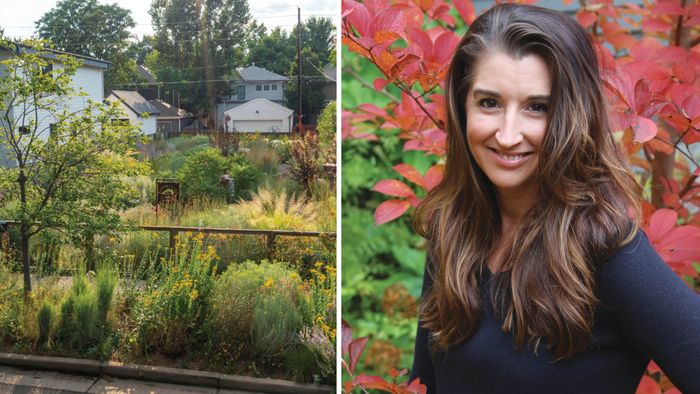
Figs, once considered exotic fruits, seem to be everywhere right now. From home vegetable gardeners to chefs in high-end restaurants, figs have been rediscovered. It’s no wonder these oval fruits with soft flesh and tiny edible seeds are popular. They’re delicious eaten fresh, candied or dried, and they can be used for both sweet and savory recipes.
Figs originated in warm climates of southern Europe, Asia and Africa. They found their way to North America by Spanish missionaries who settled in southern California.
One of the most popular fig varieties is called ‘Brown Turkey’ although there are several other varieties to choose from. Gardeners in warmer zones, like Zone 7 and above, can plant and grow their trees outside. Established fig trees can produce a crop of fruit once or twice a season.
Cooler zones can still grow figs as potted trees that spend summer outside and winter under cover. Because figs are self-fertile, they don’t require a second tree to set fruit.
Fig trees can be found at independent garden centers or by ordering from an online or catalog retailer. Read descriptions carefully and select the tree that best fits your zone and gardening space.
For container growers, place the tree on a rolling stand to make the tree easier to move. Be sure to place the container on a large saucer to catch draining water. Trees may need to be repotted as they outgrow their original container.
Maintain the fig tree by sticking to a regular watering schedule, especially during the first year. Water the tree deeply and add a layer of mulch to help maintain soil moisture. Place the potted tree in a sunny spot and keep it watered. The tree may need more watering during hot weather.
Feed the fig tree with a general purpose fertilizer on a regular schedule as well. When fruits reach their mature size and color for the variety, clip them from the tree. Use right away or store them in the refrigerator for up to five days.
When the weather starts to change in fall, move the tree indoors to the greenhouse or place in a sunroom. Regularly check the soil for moisture to make sure the roots don’t dry out. Water only when the soil is dry about three inches deep; don’t overwater.
In spring, when nighttime temperatures are consistently above 50 degrees, it’s safe to move the potted fig tree outdoors.
Slowly acclimate it to its summer home by giving it a few hours outside each day. Provide early morning sun and afternoon shade, and place it in a sunny, sheltered spot to protect it from high winds.
Do you grow figs? Please share your favorite variety here.
Fine Gardening Recommended Products

A.M. Leonard Deluxe Soil Knife & Leather Sheath Combo
Fine Gardening receives a commission for items purchased through links on this site, including Amazon Associates and other affiliate advertising programs.



















Comments
Log in or create an account to post a comment.
Sign up Log in